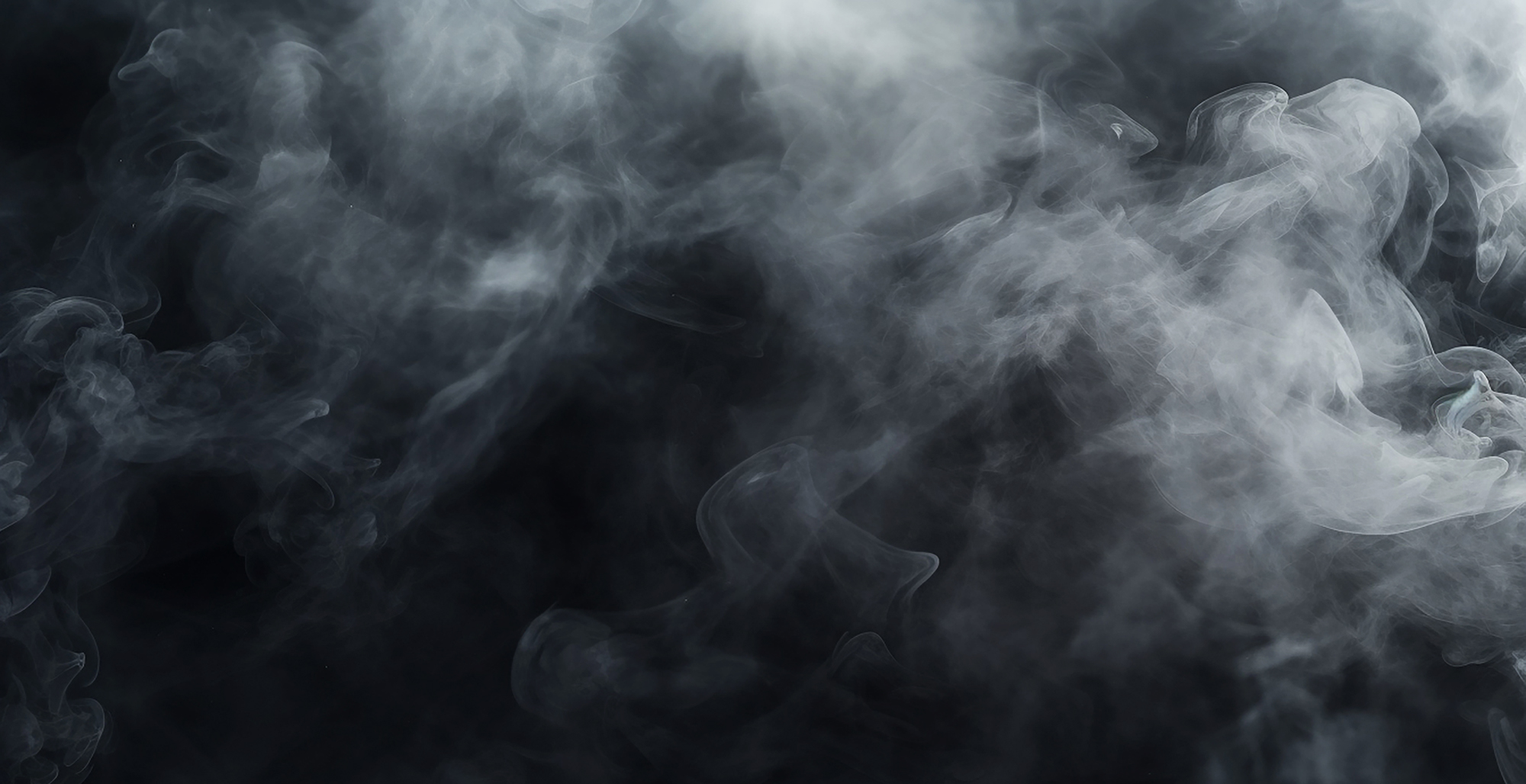Improves Reference Libraries for Chemical Agent Identification, Testing, and Decon
When developing a reference library to work with nerve agents like Novichok and blister agents like sulfur mustard, creating clean vapor profiles is essential. Doing so enables accurate testing of existing and new technologies to identify these chemical agents. Clean vapor profiles may also be used to help create medical countermeasures or expose materials for subsequent decontamination tests. Our new process to generate high-purity vapors of semi-volatile chemical agents has the potential to improve the chemical vapors used in each of these processes, resulting in more accurate evaluations.
Current practice directs that chemical vapors are most often generated using a diffusion tube apparatus that has been well characterized and is capable of producing vapor streams at most levels necessary for sensors, decontamination, or other testing. The diffusion setup is capable of producing chemical vapors at mathematically predicted concentrations based on diffusion tube lengths, bores, number of diffusion tubes, temperature, and dilution flows. Diffusion systems work best with volatile materials and allow the operator to dial in most concentrations from single parts per billion to hundreds of parts per million at high precision.

Issues arise when working with low vapor pressure materials that require significant temperature increases to produce vapors, which can include nerve and blister agents. While vapor concentration does increase as predicted, so does the production of degradation products. This causes the generated vapor profile to have multiple analytes present, some with very similar structures to the target. This leads to analytical systems monitoring the vapor line possibly not differentiating the target analyte from degradation products and enabling flawed library references and/or detection limits. Ultimately, this makes vapors generated using this method potentially unusable because the unintended addition of chemicals to the vapor stream may interfere with the accurate quantitation and/or identification of the target material.
Researchers at MRIGlobal developed an alternative vapor generation system to overcome these issues associated with diffusion generation of low volatility materials. This system allows for the generation of chemical vapors with several benefits realized:
- Lower temperatures used achieve higher targeted vapor concentrations
- Lower temperatures produce cleaner vapor streams for analytical testing
- Higher concentration vapor streams confirmed vs using traditional diffusion generation
- High-fidelity library creation for new and emerging sensor technologies
- Potential method to characterize degraded vapor streams
- Applicable to volatile materials as well
These benefits enable generation of clean vapor profiles, which improves reference libraries that support chemical agent identification, testing, and decontamination efforts.
GETTING STARTED AT MRIGLOBAL
Contact MRIGlobal to further understand our work in defense against chemical and biological threats. We work with our clients to test and evaluate current methods to detect, prevent, decontaminate, protect, and destroy these materials.
If you are part of an agency, business, or academic institution seeking assistance with a project, use our Project Quote Tool to get started.
SIGN UP FOR OUR NEWSLETTER
Sign up for the MRIGlobal newsletter! It’s the best way to get the latest updates in the world of applied scientific engineering research delivered directly to your inbox.
